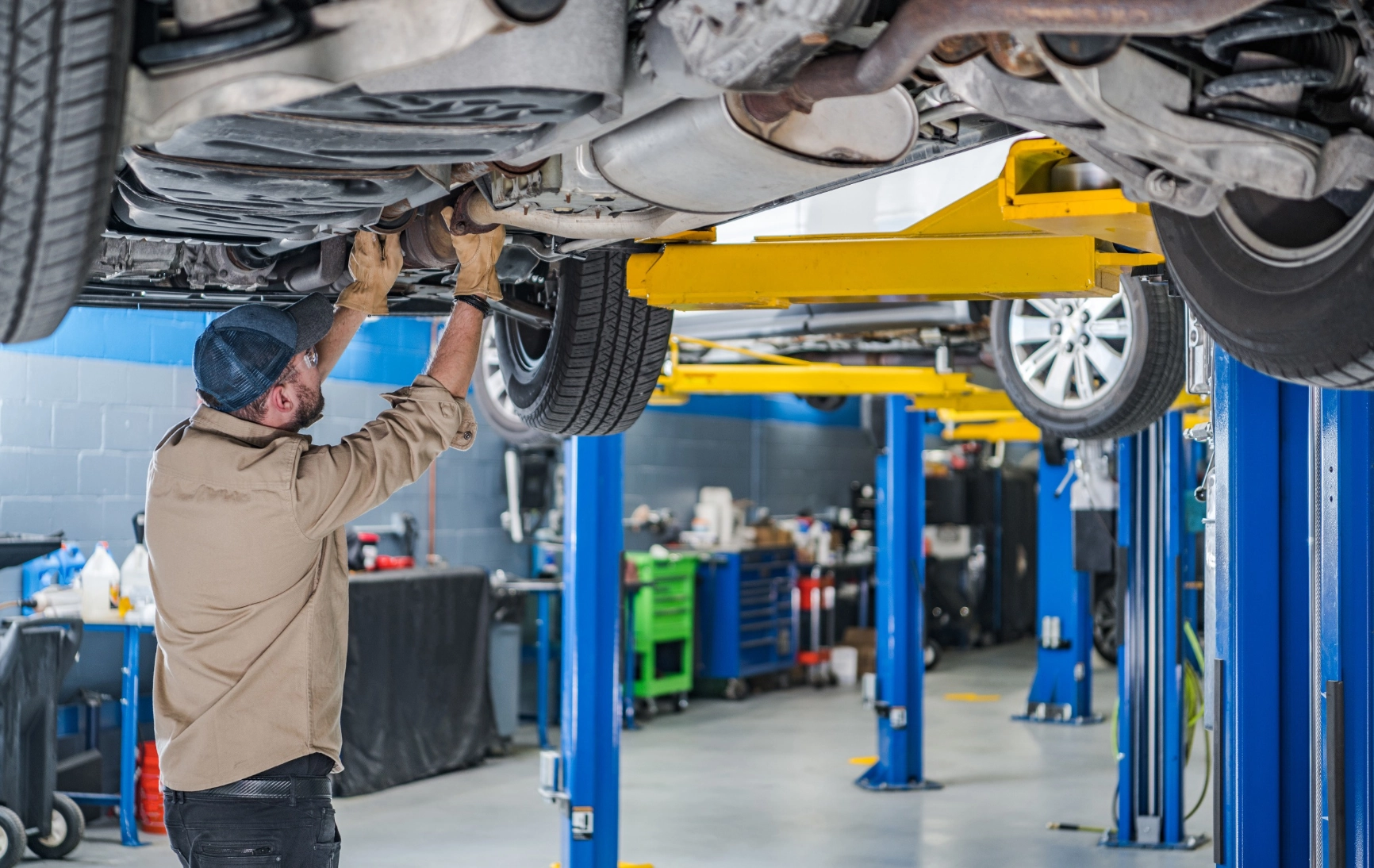All Categories
Featured
When it concerns lorry maintenance, tires are usually among one of the most forgotten parts, despite the fact that they play an important role in the safety and efficiency of your vehicle. Tire turning and alignment are 2 essential solutions that help guarantee your tires put on equally, last longer, and proceed to do at their best. Below's everything you need to understand regarding tire rotation and placement and why they matter for your automobile.
What Is Tire Rotation? Tire turning is the process of relocating the tires from one placement to an additional to ensure even put on across all 4 tires. The front and rear tires of a vehicle wear at different prices because of the weight circulation and the reality that the front tires deal with both guiding and stopping. By rotating the tires consistently, commonly every 6,000 to 8,000 miles, you can cancel the wear and expand the life of your tires.
In the majority of lorries, the tires will be revolved from front to back, and in some cases, side-to-side, relying on the tire type and your vehicle's requirements. This guarantees that each tire births an equal quantity of stress and anxiety and pressure. Normal tire rotations likewise boost automobile handling and ride high quality, along with contribute to better fuel effectiveness.
What Is Tire Positioning? Tire alignment describes adjusting the angles of your car's wheels to guarantee they are positioned properly according to the manufacturer's specs. Appropriate placement guarantees that your tires are alongside each other and perpendicular to the ground, which aids boost the general handling, security, and lifespan of your tires.
There are three key elements of alignment:
Camber: The tilt of the wheels when checked out from the front. If the wheels lean inward or external, it can trigger uneven tire wear. Wheel: The angle of the steering axis when checked out from the side. Correct wheel placement makes sure steady steering and better car control. Toe: The angle at which the tires direct inward or outward when watched from above. Inaccurate toe positioning can trigger tires to put on unevenly and impact managing. Misalignment can happen because of aspects like hitting fractures, aesthetics, or driving over harsh surface, and even normal driving over time can gradually create imbalance. Getting a placement check every 1-2 years or when you see managing issues is crucial for ideal tire efficiency.
Why Are Tire Rotation and Alignment Important? Maximized Tire Life:. Tire turning makes sure also put on throughout all 4 tires, preventing premature tire substitute. Misaligned tires use erratically, which can lead to the need for even more regular tire substitutes. Both tire turning and alignment raise the life-span of your tires, saving you money in the long run.
Improved Security:. Correct positioning helps maintain your vehicle monitoring right, enhancing security and handling. Misaligned tires can result in drawing, which makes it tougher to control your car, especially at high speeds or in emergency situations. Tire rotation likewise ensures your lorry's handling remains constant, boosting your capacity to stop promptly and keep control.
Much Better Fuel Effectiveness:. When your tires are properly straightened, they experience less moving resistance, implying your engine does not need to function as difficult to relocate the car. This minimizes gas intake and improves gas mileage. Misalignment can trigger your tires to drag, leading to bad gas efficiency.
Smoother Ride:. Misaligned or unevenly worn tires can trigger vibrations in the guiding wheel or automobile body, which can be uncomfortable while driving. Regular tire turning and alignment can supply a smoother and quieter ride, minimizing unneeded sound and resonances.
Indications You Need Tire Rotation or Positioning. It's important to be familiar with alerting indicators that your tires may need attention. Maintain an eye out for:
Uneven Tire Use: If you see that a person tire is much more used than others, it could be an indicator that it's time for a turning or placement. Steering Drawing to One Side: If your lorry draws to one side, especially when you're driving straight, it can show imbalance. Vibrations or Uncommon Noises: If your wheel trembles or you listen to a buzzing or grumbling sound, your positioning may be off. Screeching Tires: A high-pitched squeal can indicate misalignment or that your tires are worn unevenly. If you notice any one of these signs, it's a great concept to have your car checked asap to avoid more damages to your tires or shock absorber.
How Usually Should You Rotate and Straighten Your Tires? Tire rotation is commonly suggested every 6,000 to 8,000 miles or every six months, depending on your automobile's manual and driving problems. It's additionally an excellent idea to revolve your tires throughout oil modifications to ensure they obtain the interest they require.
For alignment, a lot of specialists suggest having your tires straightened yearly or if you see any type of handling issues. If you've recently struck a pothole, aesthetic, or an additional barrier, it's a great idea to have your positioning examined sooner to prevent irregular tire wear.

Verdict: Maintain Your Tires for Long Life and Security. Tire rotation and placement are basic yet important aspects of vehicle maintenance that add to longer tire life, enhanced security, and much better fuel efficiency. By adhering to the suggested service intervals for tire turning and placement, you can guarantee your tires remain in top condition, providing a smoother and safer driving experience. Normal maintenance helps you prevent unforeseen tire wear, costly repair services, and possible crashes, making it a smart financial investment for your cars and truck's overall performance.
Latest Posts
Your Roof Substitute Journey: A Complete Walkthrough
Improve Your Building with Automatic Gates from Washington Fence
Auto Repair Services: Comprehensive Vehicle Service & Upkeep !